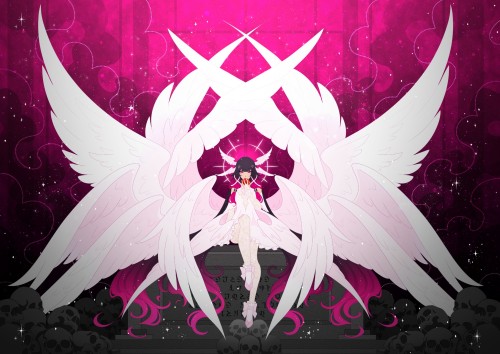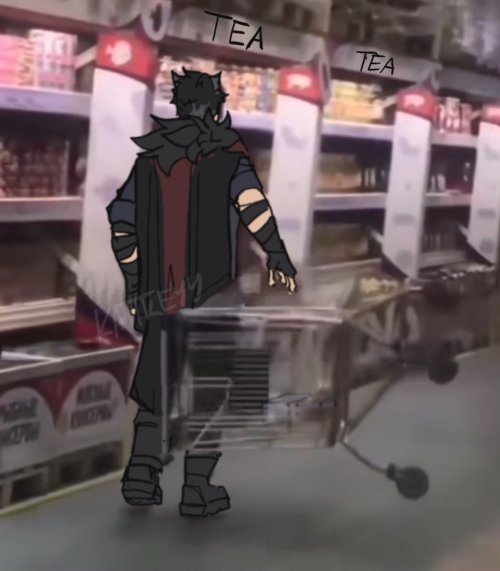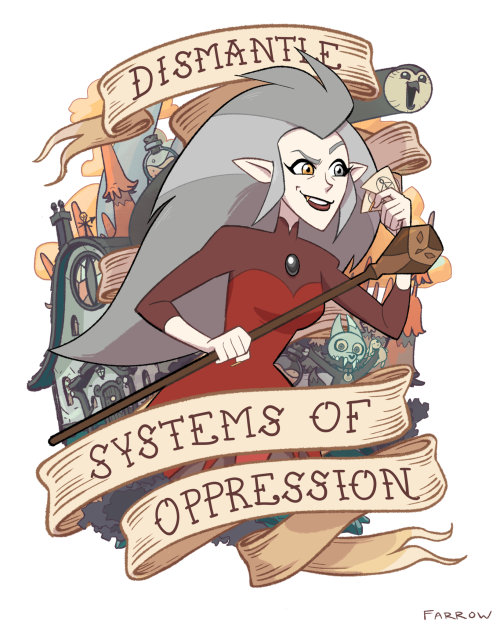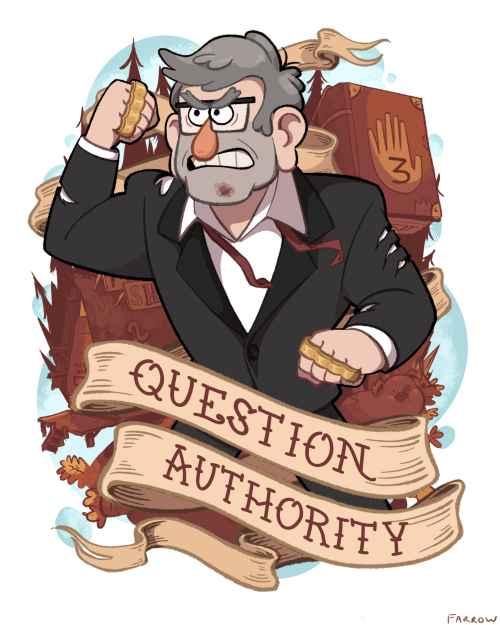
athtarish
De todo un poco. Multifandom. Genshin. Arte. Fanfics.
76 posts
Latest Posts by athtarish
HOW MANY MEDIUMS OF LINK CLICK ARE THERE?? AND HOW DO I PROCURE HOARD THEM ALL?
... asking for a friend.




Forgot to post this one here



My small Harbinger series!
Extremely detailed HDR image of recent Total Solar Eclipse 2024

NASA James Webb Telescope (JWST)



My Father, My Universe

A simulated image of NASA’s Nancy Grace Roman Space Telescope’s future observations toward the center of our galaxy, spanning less than 1 percent of the total area of Roman’s Galactic Bulge Time-Domain Survey. The simulated stars were drawn from the Besançon Galactic Model.
Exploring the Changing Universe with the Roman Space Telescope
The view from your backyard might paint the universe as an unchanging realm, where only twinkling stars and nearby objects, like satellites and meteors, stray from the apparent constancy. But stargazing through NASA’s upcoming Nancy Grace Roman Space Telescope will offer a front row seat to a dazzling display of cosmic fireworks sparkling across the sky.
Roman will view extremely faint infrared light, which has longer wavelengths than our eyes can see. Two of the mission’s core observing programs will monitor specific patches of the sky. Stitching the results together like stop-motion animation will create movies that reveal changing objects and fleeting events that would otherwise be hidden from our view.
Watch this video to learn about time-domain astronomy and how time will be a key element in NASA’s Nancy Grace Roman Space Telescope’s galactic bulge survey. Credit: NASA’s Goddard Space Flight Center
This type of science, called time-domain astronomy, is difficult for telescopes that have smaller views of space. Roman’s large field of view will help us see huge swaths of the universe. Instead of always looking at specific things and events astronomers have already identified, Roman will be able to repeatedly observe large areas of the sky to catch phenomena scientists can't predict. Then astronomers can find things no one knew were there!
One of Roman’s main surveys, the Galactic Bulge Time-Domain Survey, will monitor hundreds of millions of stars toward the center of our Milky Way galaxy. Astronomers will see many of the stars appear to flash or flicker over time.
This animation illustrates the concept of gravitational microlensing. When one star in the sky appears to pass nearly in front of another, the light rays of the background source star are bent due to the warped space-time around the foreground star. The closer star is then a virtual magnifying glass, amplifying the brightness of the background source star, so we refer to the foreground star as the lens star. If the lens star harbors a planetary system, then those planets can also act as lenses, each one producing a short change in the brightness of the source. Thus, we discover the presence of each exoplanet, and measure its mass and how far it is from its star. Credit: NASA's Goddard Space Flight Center Conceptual Image Lab
That can happen when something like a star or planet moves in front of a background star from our point of view. Because anything with mass warps the fabric of space-time, light from the distant star bends around the nearer object as it passes by. That makes the nearer object act as a natural magnifying glass, creating a temporary spike in the brightness of the background star’s light. That signal lets astronomers know there’s an intervening object, even if they can’t see it directly.

This artist’s concept shows the region of the Milky Way NASA’s Nancy Grace Roman Space Telescope’s Galactic Bulge Time-Domain Survey will cover – relatively uncharted territory when it comes to planet-finding. That’s important because the way planets form and evolve may be different depending on where in the galaxy they’re located. Our solar system is situated near the outskirts of the Milky Way, about halfway out on one of the galaxy’s spiral arms. A recent Kepler Space Telescope study showed that stars on the fringes of the Milky Way possess fewer of the most common planet types that have been detected so far. Roman will search in the opposite direction, toward the center of the galaxy, and could find differences in that galactic neighborhood, too.
Using this method, called microlensing, Roman will likely set a new record for the farthest-known exoplanet. That would offer a glimpse of a different galactic neighborhood that could be home to worlds quite unlike the more than 5,500 that are currently known. Roman’s microlensing observations will also find starless planets, black holes, neutron stars, and more!
This animation shows a planet crossing in front of, or transiting, its host star and the corresponding light curve astronomers would see. Using this technique, scientists anticipate NASA’s Nancy Grace Roman Space Telescope could find 100,000 new worlds. Credit: NASA’s Goddard Space Flight Center/Chris Smith (USRA/GESTAR)
Stars Roman sees may also appear to flicker when a planet crosses in front of, or transits, its host star as it orbits. Roman could find 100,000 planets this way! Small icy objects that haunt the outskirts of our own solar system, known as Kuiper belt objects, may occasionally pass in front of faraway stars Roman sees, too. Astronomers will be able to see how much water the Kuiper belt objects have because the ice absorbs specific wavelengths of infrared light, providing a “fingerprint” of its presence. This will give us a window into our solar system’s early days.

This animation visualizes a type Ia supernova.
Roman’s High Latitude Time-Domain Survey will look beyond our galaxy to hunt for type Ia supernovas. These exploding stars originate from some binary star systems that contain at least one white dwarf – the small, hot core remnant of a Sun-like star. In some cases, the dwarf may siphon material from its companion. This triggers a runaway reaction that ultimately detonates the thief once it reaches a specific point where it has gained so much mass that it becomes unstable.
NASA’s upcoming Nancy Grace Roman Space Telescope will see thousands of exploding stars called supernovae across vast stretches of time and space. Using these observations, astronomers aim to shine a light on several cosmic mysteries, providing a window onto the universe’s distant past. Credit: NASA’s Goddard Space Flight Center
Since these rare explosions each peak at a similar, known intrinsic brightness, astronomers can use them to determine how far away they are by simply measuring how bright they appear. Astronomers will use Roman to study the light of these supernovas to find out how quickly they appear to be moving away from us.
By comparing how fast they’re receding at different distances, scientists can trace cosmic expansion over time. This will help us understand whether and how dark energy – the unexplained pressure thought to speed up the universe’s expansion – has changed throughout the history of the universe.

NASA’s Nancy Grace Roman Space Telescope will survey the same areas of the sky every few days. Researchers will mine this data to identify kilonovas – explosions that happen when two neutron stars or a neutron star and a black hole collide and merge. When these collisions happen, a fraction of the resulting debris is ejected as jets, which move near the speed of light. The remaining debris produces hot, glowing, neutron-rich clouds that forge heavy elements, like gold and platinum. Roman’s extensive data will help astronomers better identify how often these events occur, how much energy they give off, and how near or far they are.
And since this survey will repeatedly observe the same large vista of space, scientists will also see sporadic events like neutron stars colliding and stars being swept into black holes. Roman could even find new types of objects and events that astronomers have never seen before!
Learn more about the exciting science Roman will investigate on X and Facebook.
Make sure to follow us on Tumblr for your regular dose of space!
♪ Oratrice Mecanique d'Analyse Cardinale ♪

According to the Judgment of the
♪ Oratrice Mecanique d'Analyse Cardinale ♪







Genshin Impact | Furina / Focalors
wait idk anything about the tevis’— why would tommy tevis call dick his son? would you be willing to give a quick rundown
After Dick failed to get himself incarcerated, he became an enforcer for a mob boss named Tommy Tevis. Tommy took Dick in and made him part of his family. Tommy considered him an honorary son and thought very highly of him.

Nightwing (Vol. 2) #107
He even told Dick that everything he had (his home, his reputation, his family, etc.) was Dick's as well. Lynette, Tommy's wife, told Dick that Tommy would let Dick do anything. The whole family loved Dick, including Tommy's 15 year old daughter, Sophia. Sophia actually had a crush on Dick, but Dick acted like an older brother to her, helping her with her homework and such.
While Dick was away from the family for a few days, the cops busted into the Tevis's home. Lynette got killed in the gunfire, Tommy got taken to jail, and Sophia got taken in by the state.
Dick, while mentoring Rose, broke Sophia out of the state home. He got Sophia to help him with the mob. Then, when Chemo fell on Bludhaven, Dick saved Sophia and left her with Amy. When they reunited at the hospital, Dick asked Sophia to leave the mob behind and join a boarding school.
So, yeah, that's Dick's relationship with the Tevis family.

Art by acupofbread






Cassandra Cain by Dustin Nguyen









Choso ✧ Jujutsu Kaisen S2 ep. 13
Is someone gonna talk about the use of signage in yesterday's episode? Do I have to be the one to talk about the use of signage in yesterday's episode?
I know we all saw the billboard beside Choso displaying the abilities of his technique in tandem with the narrator, but there were so many more great uses of the signs in the background to convey information.


The first sign (and also one of the first shots) that we see in the episode is a Pedestrian Do Not Cross sign overlaid by the sound of Yuuji running, followed by Yuuji's shadow itself taking up the position of the pedestrian on the sign. You can read this as the sign telling Yuuji not to proceed to where he's going or as an indication of how the upcoming fight will end for the viewer.
The next sign that we get is one telling us to Go Left, which doesn't really seem important, but I promise you, it is. We'll see a lot of arrows pointing left throughout the episode and every single one of them is pointing away from danger. Go Left to avoid danger, essentially.
These two signs are arguably the most important in the episode, but they aren't the coolest use of visual symbolism that we got, so lets keep going.


The third sign that we see focused on in the episode is a No Running sign that Yuuji passes that says "Do Not Rush. It Is Dangerous." Yuuji, of course, runs past it on his way toward the escalators that lead (for him) to Gojo and (for the viewer) to Choso.
Once he does get to the bottom of the escalators, Yuuji is attacked by Choso immediately and Choso's opening move (Convergence), once Yuuji moves his arms up and away from his face, slices up through the subway cieling and the road above to cut the Pedestrian Do Not Cross sign that we saw at the beginning of the episode in half.
We also get out first big Left Arrow, placed immediately in the foreground of the shot and pointing toward the aforementioned sign that's been cut in half (this will be important later), but in a another view, it also points away from station itself. Again, go left to avoid danger.


Our next Left Arrow is on the ceiling between Yuuji, indicating that he should go away from Choso. Interestingly enough, it also points toward the bathrooms that Yuuji will go into later once his fight with Choso in the hallway becomes too dangerous.
That same arrow falls to the floor between them once Choso gets mad after Yuuji tells him about Eso and Kechizu crying, this time pointing directly away from Choso.


Another Left Arrow, this time in a more urgent red. We see this once Yuuji realizes that he's in serious danger, that he'll loose if he continues to fight Choso in the hallway. It's also pointing away from the bathrooms and toward the escalators from Yuuji's point of view beside the bathrooms, indicating that he needs to leave the area entirely.
The previous arrow pointing toward the bathrooms as a safe option has been destroyed and Yuuji has taken some serious damage by the time he moves toward them. The bathrooms are no longer safe. Yuuji needs to leave.
This is followed up by the only Right Arrows that we see focused on in the epsiode, but unlike the Left Arrows, they aren't used to convey how to get away from danger, but rather what is dangerous. Not only do these arrows all point toward Choso outside of the shot, they also have each of his techniques displayed below them.


Once the bathroom fight is over and Yuuji is on death's door, we get a zoomed out shot of his body framed by (two) people cut in half. This sign is shown right before Sukuna makes his only appearance in the episode, where we hear the sound of electricity flickering.
We heard this exact sound earlier from the Left Arrow telling Yuuji to get away from Choso at the beginning of the fight, but I like to interpret it as an audio indicator of Yuuji's life and/or control of Sukuna flickering in and out, becoming weaker.
Side Note: In the previous shot of Yuuji that we get before this one, we see a blade of light cutting Yuuji in half, the same way Convergence cut the Pedestrian Do Not Cross sign in half earlier in the episode. This will come into play later in the post, but keep it in mind.
The next time we see these bisected bathroom signs is when Mimiko and Nanako approach Yuuji to awaken Sukuna. Two people framing Yuuji/Sukuna that have been cut, while those same signs are whole in the hallway to the left. Go left to avoid danger applies to the girls here as well.


Our next important set of signs are actually the same sign, a large green arrow in the foreground that points away from where Yuuji's body is. While Choso stumbles away from it (away from Yuuji/Sukuna) the girls walk toward it.
This is also the first Left Arrow that we see point toward Choso, unlike the one pointing away from him at the beginning of his and Yuuji's fight. Choso, at this moment and onward, is no longer a source of danger to Yuuji or to us, the viewer.

And finally, the final shot of the entire episode, our old friend, the Pedestrian Do Not Cross sign. Yuuji has lost to Choso, the girls have found him to awaken Sukuna, and we get a focus shot of the Pedestrian that previously represented Yuuji cut in half and covered in blood.
I mentioned earlier that we get another shot of Yuuji cut in half by a ray of light in the bathroom.

Here is that shot, and the way that I interpret it is as a reminder that Yuuji shares his body. Yuuji's control of his body has been cut off in the same way that the Pedestrian representing Yuuji has had part of it cut away. What's left is the part that Yuuji can't control, the Pedestrian covered in blood.
Additionally, repeated use of a sign showing pedestrians cut in half and bloody can also represent the civilians in Shibuya, especially now that Yuuji no longer has control of his body.
This is how the James Web telescope works




M31, Andromeda

Your grace..

ghost cat 🐈⬛
DC: Look! Owlman murdered all of Dicks friends so Dick would have no support system and blackmailed him into changing himself for a mission, isn’t that insane! He’s so evil lol DC 2 minutes later: Bruce is isolating Dick from his friends again and forcing him to change himself for a mission. It’s hard but he’s a good father.

Resting Neuvillette receives an otter burial 🦦🐚

cool picnic




I LOVEEEEE fontaine and its characters fr fr

comfort (bfhagehzwruahudiahfiajfkahrjahehf i love them)


I call this one “cartoon mentors who went hard af from tv shows that disney didn’t deserve”

♥♥♥

para lineil :)
algo que debi haber subido el fin de semana, pero tuve algunos problemillas u_u…en fin, aqui esta, espero les guste

